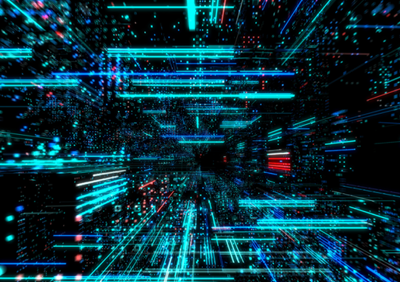Everything you need to know about Data Centers
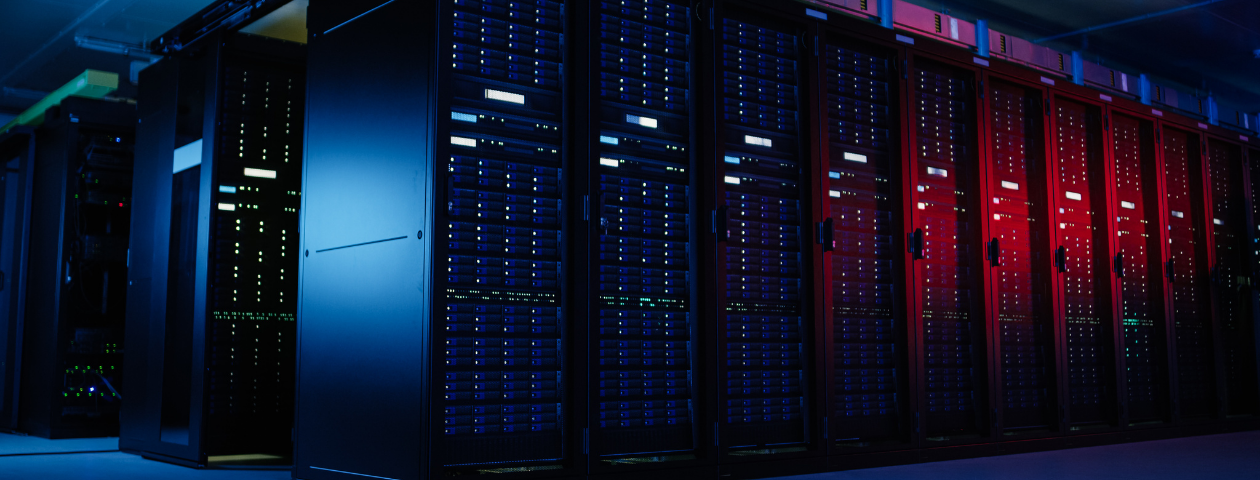
A data center, also known as a data processing center, is characterized as a physical building that companies use to house information that is of great relevance to their business.
The information that they host is, in most cases, information that interferes with the provision of services by companies, and, for this reason, the choice of the type of data center to implement must be made carefully and take into consideration the type of business, as well its needs.
Considerations when choosing Data Centers
- Annual downtime and its consequences;
- Server capacity and data hosting;
- Safety;
- Legal obligations;
- Flexibility in infrastructure management;
- Customer needs and business model;
- Scalability;
- Localization.
Types of Data Centers
1) Corporate Data Center: These are the data centers within the companies themselves. Also called a corporate or private data center, it is common among companies looking to have complete and immediate control over their data.
2) Hyperscale Data Center: Suitable for large companies that process vast amounts of data, hosting thousands of servers. Allows development in the time of processing capacity.
3) Co-location Data Center: This service modality is for companies looking for reduced costs and who cannot own or build a data center. These companies rent a third-party data center space to host their servers, storage, and firewalls.
4) Data Center Edge: These are small data centers close to the network's edge. They provide cached content and cloud resources closer to users and end devices. They store data with low latency and service delivery time of fewer than 10 seconds. This data center option is for all companies that need to deliver their services quickly to the customer, such as telecommunications and streaming companies like Netflix.
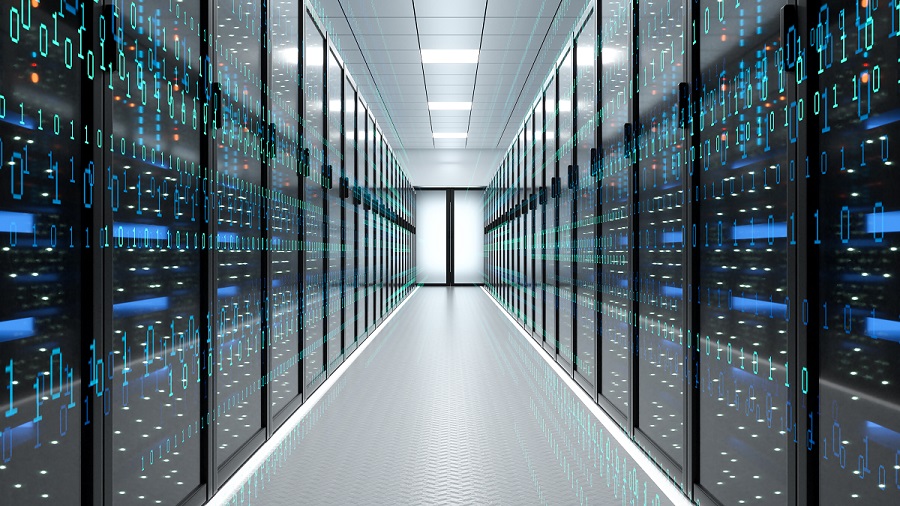
TIERS
Tiers are the classifications assigned to data centers that generally assess and separate the servers' performance they house. The rating varies based on safety and total downtime for a year. It ranges from level I to IV, with level I being the worst and IV the best.
TIER I: Classification I is the weakest level assigned. It guarantees an uptime of 99.671%, which on the other hand, means it can be up to 28.8 hours of downtime per year. It has a single connection for power and cooling and does not have equipment that supports redundancy (redundancy is the duplication of data or systems, the adoption of backup equipment, or the use of links capable of immediately taking over infrastructures that, for some reason, failed.
Thus, a data center without redundancy cannot provide backups nor the minimum support in case of failure. Tier I is an option for small businesses with tight budgets.
TIER II: Tier II provides the same solutions as Tier I with the difference that it provides redundancy and backup capacity. It guarantees an uptime of 99.741% per year and can be downtime for up to 22 hours per year.
TIER III: Provides multiple paths for cooling and power, redundant capabilities, and uptime of 99.982% per year. It can be downtime for up to 1.6 hours a year.
TIER IV: Classification IV is the best a data center can get, allowing for faultless operation and complete redundancy. It has an uptime of 99.995% per year and can be idle for up to 26.3 minutes per year.
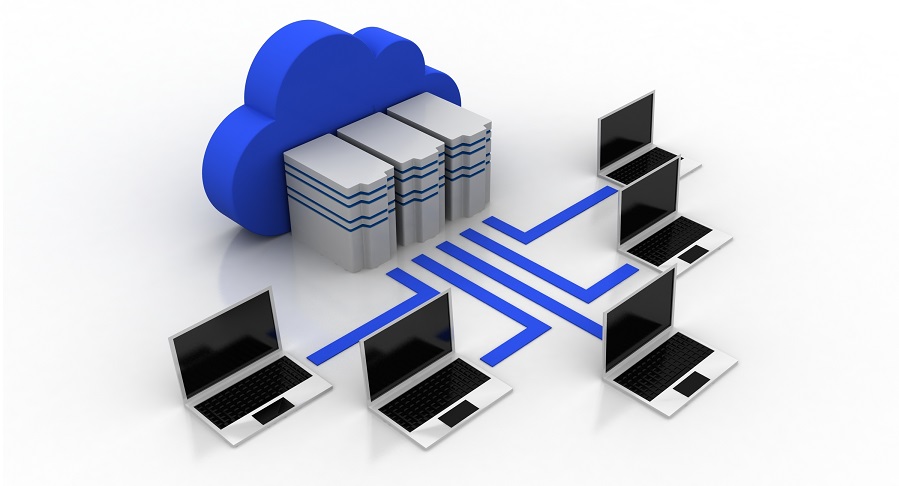
What is the size of a Data Center?
The size of a data center depends on the amount of information needed and the resources it will have to accommodate. Data centers have only a few hundred m2 and others with thousands of m2.
Where are Data Centers built?
Data centers can be built in any location, but there is a set of requirements to which they must respond, such as, for example, being constructed in places with little or no instability, where there are no factors that may interfere with their proper functioning, as in the case floods, hurricanes or even power cuts.
Data centers are often built on the following principles:
- Uninterrupted power transmission;
- Outside risk zones;
- Close to business centers and fiber backbone routes;
- Easy access to equipment cooling, such as external cold air, energy availability to turn on the air conditioning or easy water transmission to the heat transfer infrastructure.

Main components
IT: Data centers house IT systems composed of servers, storage, and network devices. They are high-performance computers capable of receiving, processing, and storing data.
Power: To keep IT equipment on, data centers must have an excellent power source that guarantees network stability.
Climatization: The temperatures of IT equipment can reach 50ºC, which can affect the network's performance or, in extreme cases, fires. In this way, data centers must have an excellent cooling system to prevent failures or downtimes.
Telecommunications: Data will only be transmitted if the telecommunications infrastructure can transmit data. Devices must be connected appropriately and fault-free to allow data to flow.
Security: Hosted data is confidential mainly. In this way, a data center must have a good security network that can process data safely through, for example, video surveillance cameras, access control, fire detection, extinguishing, etc.
The energy consumption challenge
Energy consumption is one of the main challenges of data centers. With hundreds of thousands of computer systems connected 24 hours a day and the entire air conditioning system, it is crucial to reduce energy consumption as much as possible. As a way of combating high energy consumption, some infrastructures opt for a more ecological system, namely through water cooling. In addition to water cooling, companies have increasingly sought to adopt renewable energy resources to make energy consumption as efficient as possible.
Data Center in Portugal
Portugal has been one of the regions most sought after by foreign companies for the construction of data centers due to weather conditions, State incentives, and, above all, the implementation of submarine cables. In total, there are ten submarine cables installed in Portugal, namely in Lisbon and Sines, which allow data to be transferred between regions and countries.
With the market growing and infrastructure developing, four new data centers are being built in Portugal, and ten already exist (February 2022). Other data centers are already in the expansion phase, and the construction of these new centers will allow more company information hosting.
Proef and its professional team, with +37 years of experience in the market, offer a set of services to support the construction of data centers, having already a vast portfolio, namely air conditioning, energy, security, communications, and building.
Proef's role in the construction of a Data Center
There are several services that Proef makes available in the construction of a data center, namely installation services for the various infrastructures necessary for operation, such as:
1. Building
- Civil construction (Masonry)
- Prefabricated (Containerized solutions)
- Shelters (Sealed rooms inside the building)
2. Air conditioning (HVAC Network)
- Wind network
- Hydraulic Network
- Ventilation and Air Conditioning Equipment
- INROWs, UCC, VRV, Mono-Splits
- Smoke extraction system
3. Energy
- Sectioning Stations, Transformers, Low Voltage General Boards
- Electricity self-production systems (Generators)
- Electrical plumbing and wiring
- General and emergency lighting
- Sockets, switches, and motion detectors
- Electrical Panels
- Uninterruptible Power Systems (UPS, Batteries)
- DC rectifiers
4. Security
- Automatic Fire Detection and Alarm System
- Automatic Fire Extinguishing System
- Intrusion and Theft Detection System
- Video Surveillance System (CCTV)
- Automatic Access Control System
- Dangerous Gas Detection System
- Flood Detection System
- Emergency Call System (disabled toilets)
- Safety Signage, Fire Extinguishers, and Sealing
5. Communications
- Cabinets and Racks
- Copper Network (cables, panels, sockets, patch cable)
- Fiber Net (pigtails, ODF, harnesses)
- Mergers, testing, and certification of networks
- Technical Management System and field equipment (GTC):
-Temperature, humidity, gases, flood sensors
-Immersion probes
-Caudelmeters
-On/off valves, dynamic
-Pressure switches
-Flow switches
-Connection wiring between GTC Boards and
field equipment
-Management software with configurable
alarms and reports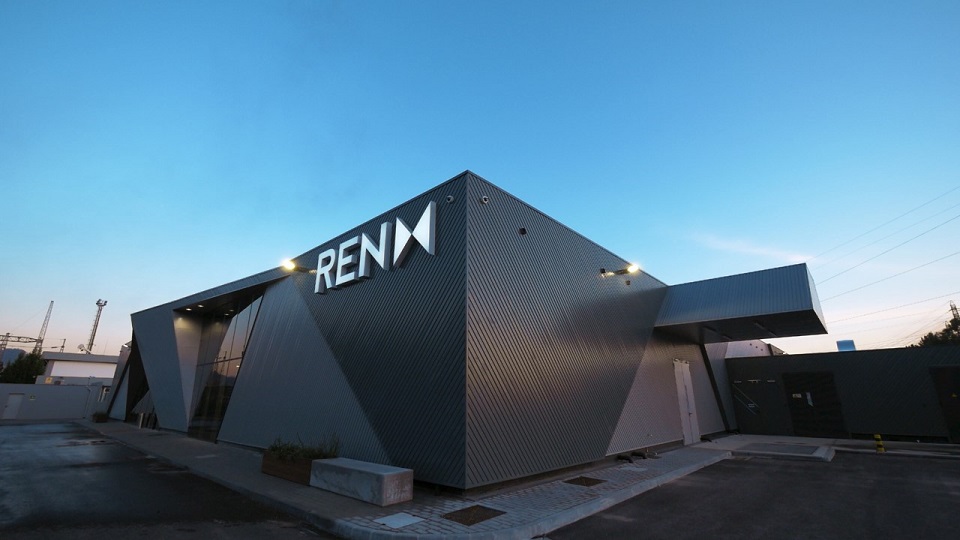
Ren Data Center in Riba de Ave | Proef
